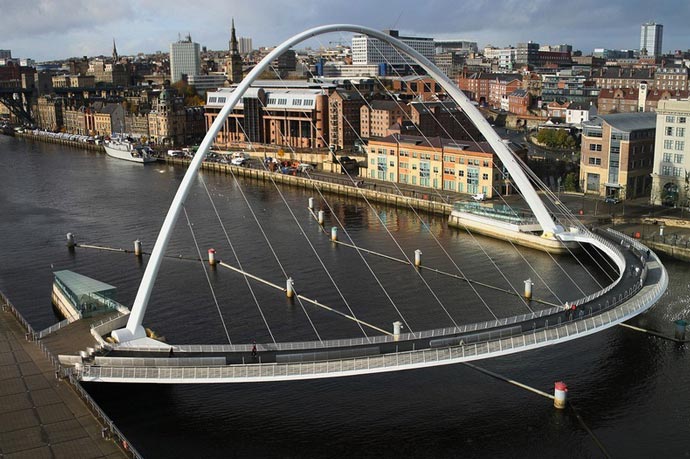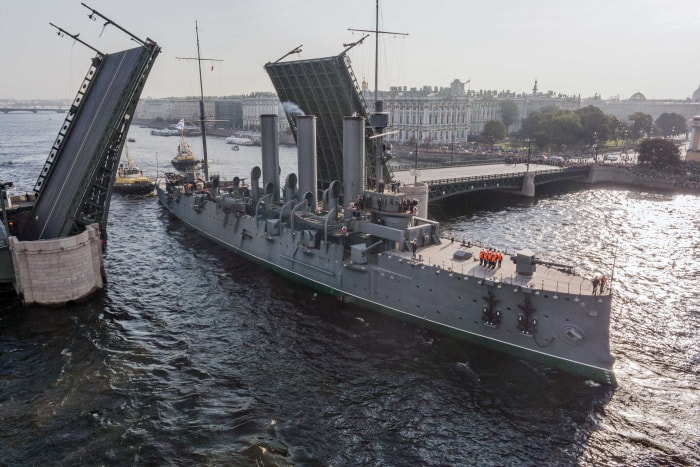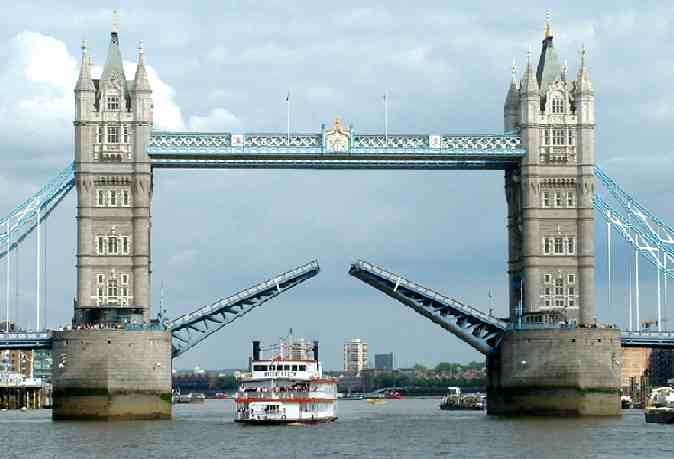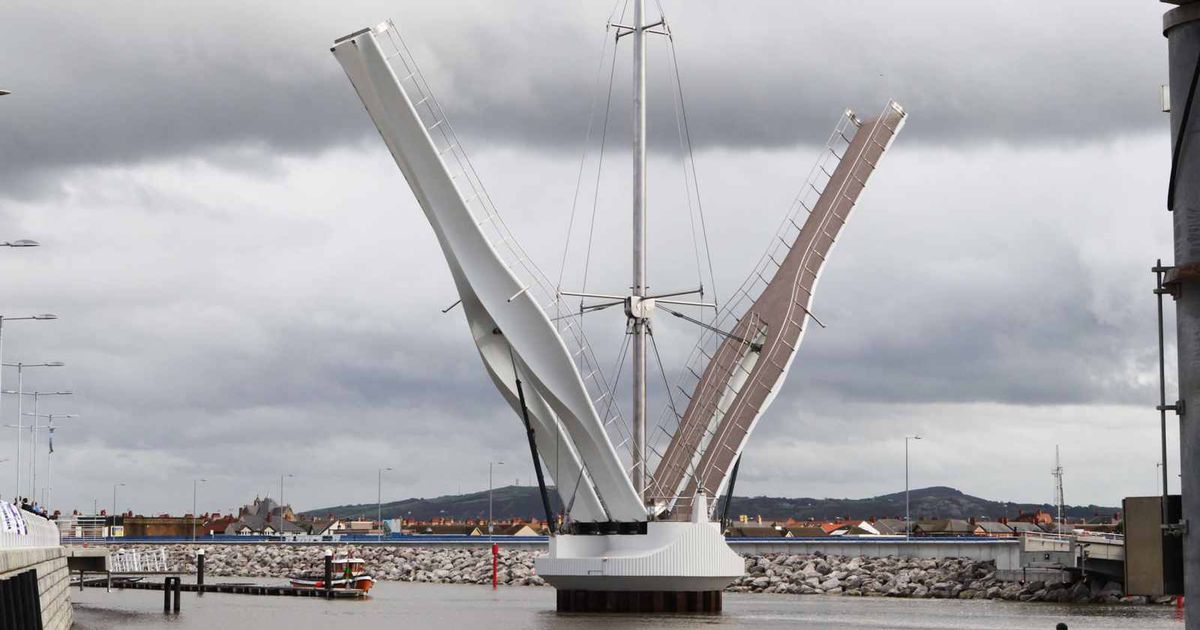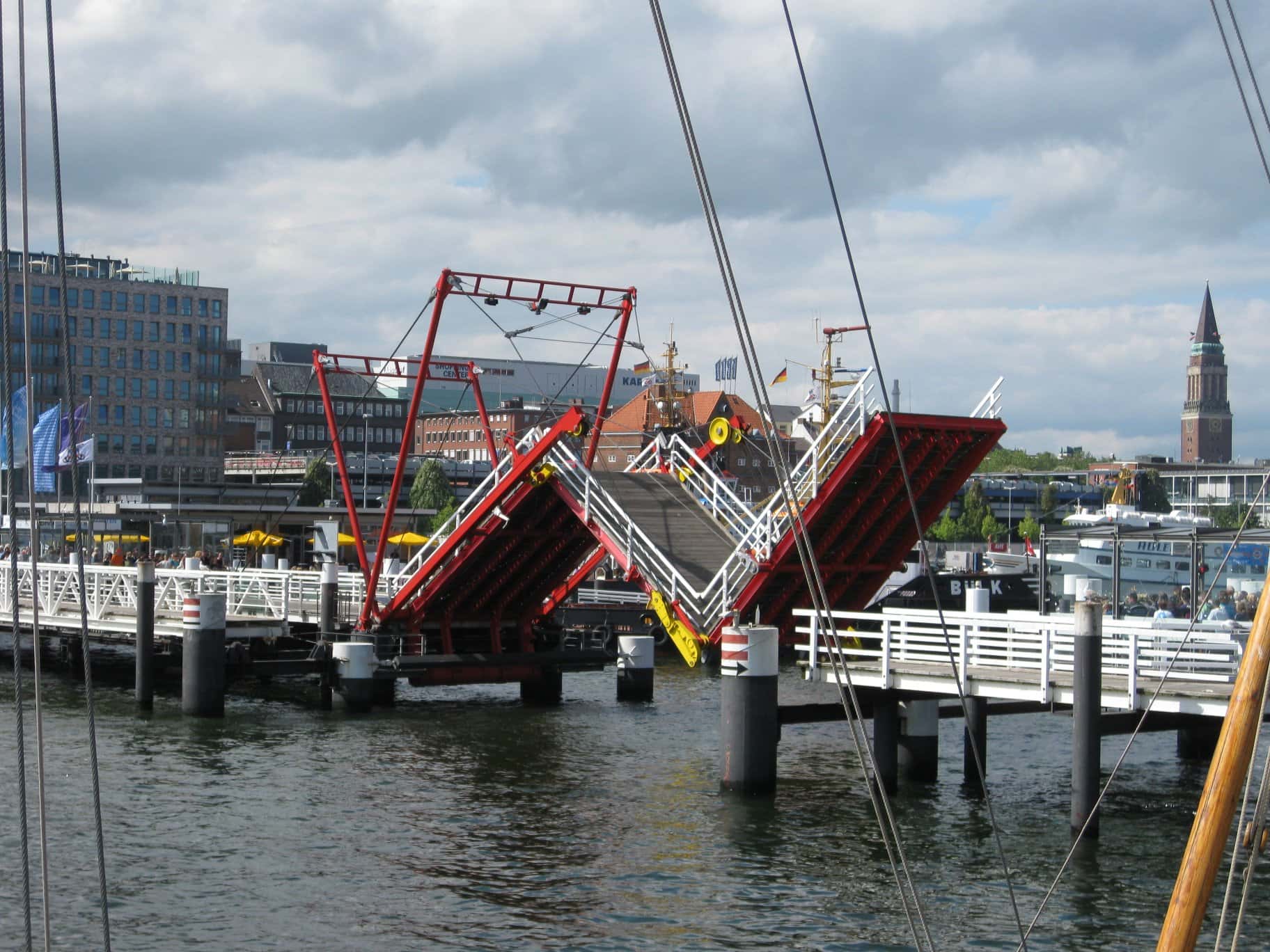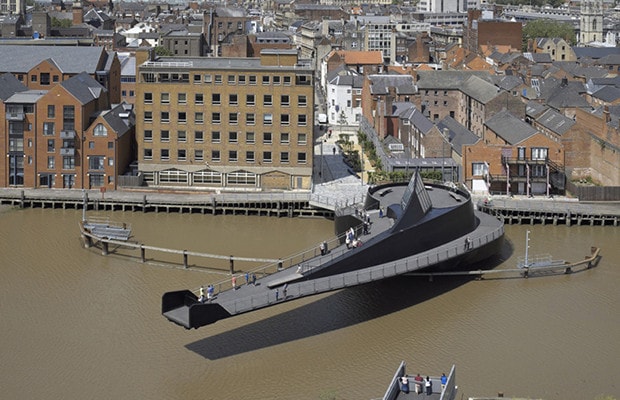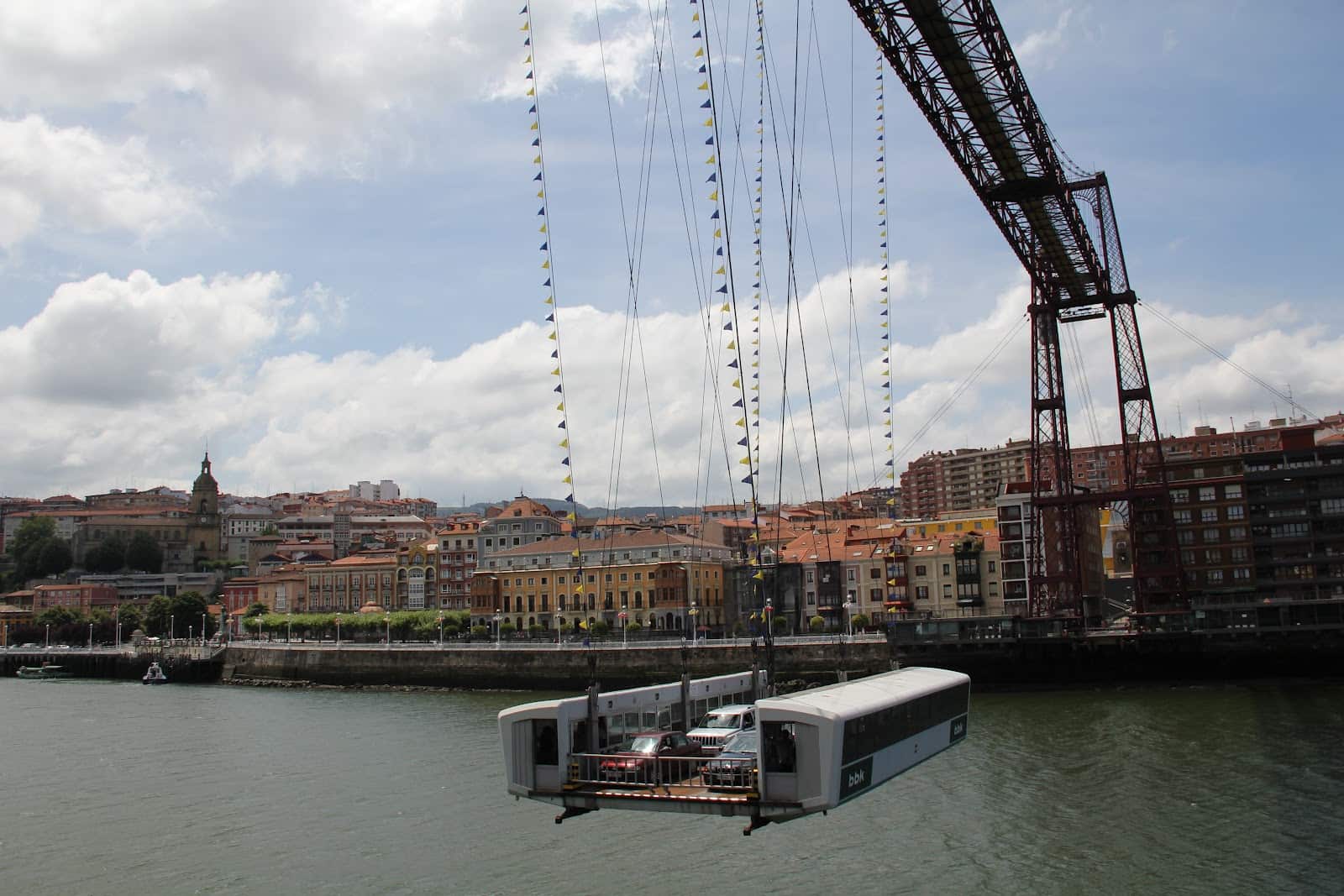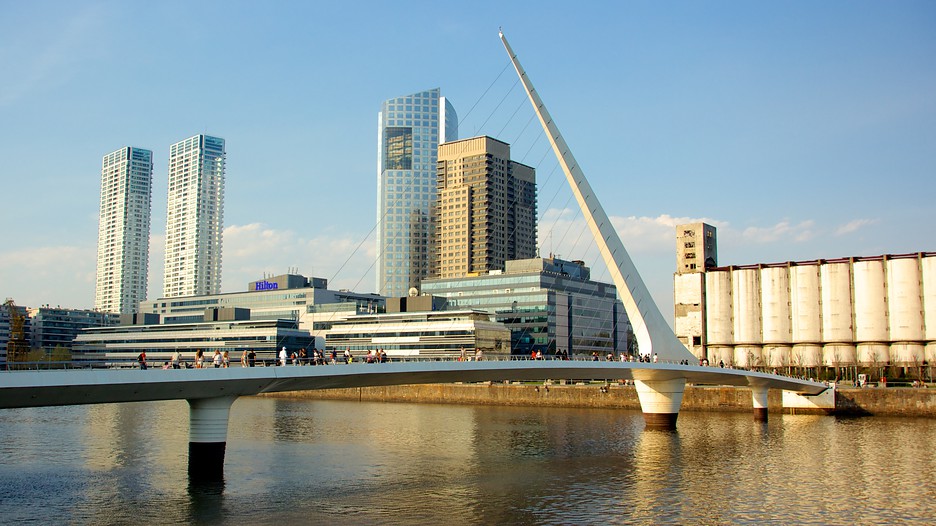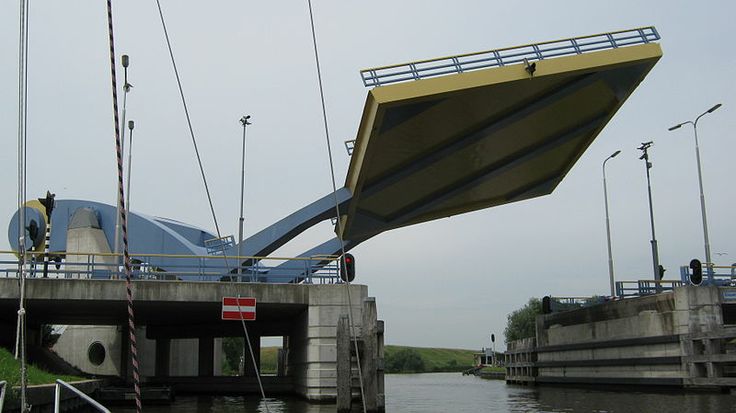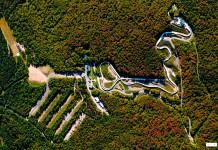Bridge play a crucial role in connecting people, places and commodities. Yet as well as being functional, a lot of these structures are designed with an imaginative touch that adds to their surrounding environments. Still, sometimes building such important links over rivers and other waterways can prove especially challenging. And bridges for pedestrian and vehicle traffic may disrupt the movement of ships and barges – which in turn can be bad for business.
To compensate for this, inventive engineers and architects have risen to the challenge, creating a range of movable bridges that are intended to work in harmony with water traffic, causing as little disruption as possible. The following ten movable bridges have all been masterfully engineered, and among them are traditional examples, as well as more unusual designs – some of which even curl and fold.
10.22 Drawbridges in Saint Petersburg, Russia
There are 22 drawbridges spanning the Neva River in Saint Petersburg, Russia. Every night during the navigation period from April to November, these 22 bridges are drawn to let ships pass in and out of the Baltic Sea into the Volga-Baltic waterway system, cutting almost completely the connection between the two parts of the city. Almost and not entirely since at every moment at least one bridge stays connected to allow passage for emergency vehicles. In the picture: the Palace Bridge, a bascule bridge in Saint Petersburg
9.Tower Bridge, London, England
Built from 1886 till 1894, this symbol of Londonis a combined bascule and suspension bridge in London, over the River Thames. It is close to the Tower of London, from which it takes its name. Tower Bridge is one of the most famous bridges in the world and the most famous movable bridge. The lower deck which is the bascule deck can open to an angle of 86 degrees in just 5 minutes. The two parts of the deck are counterbalanced by two bascules weighing over 1,000 tons each.
8.Foryd Harbour Bridge, UK
Foryd Harbour Cycle and Pedestrian Bridge is located in Rhyl – a seaside resort town and community in Denbighshire, situated on the north east coast of Wales, UK. The iconic structure provides a single leaf bascule opening span over the navigable channel, giving unlimited clearance. To balance the lift, the back-span also lifts mirroring its twin.
A single Duplex stainless steel mast nearly 50m (164ft) tall houses a pulley mechanism and associated lift cables, providing a visual declaration of the bridge’s presence that will be visible from miles around and will also provide a central focus within the harbour.
The mast is stayed by a system of rigging similar to that seen on many sailing boats. To accommodate the central mast, each deck splits to permit a 3 metre (10ft) walkway on either side.
7.Hörn Bridge, Germany
The Hörn Bridge is a folding bridge in the city of Kiel in the German state of Schleswig-Holstein. The bridge spans over the end of the Kiel Fjord (called Hörn) and was designed by Gerkan, Marg and Partners. It is a three-segment bascule bridge with a main span of 25.5 metres (84 ft) that folds in the shape of the letter “N”. The bridge was built in 1997 and did cost DM 16 million.
The Hörn Bridge is 5 metres (16ft) wide and connects the city centre on the west bank of the Hörn with the Gaarden quarter on the east bank. The pedestrian bridge is especially important for passengers connecting between the Norway Ferry Terminal (Norwegenkai) and the main railway station.
Many Kielians were skeptical in regard to the design. There were repeated malfunctions of the mechanism upon startup, hence one of its nicknames, the “Klappt-Nix-Brücke” (Folds-not Bridge). In order to ensure crossing for pedestrians and cyclists, a hydraulically operated retractable bridge was built directly adjacent as an interim solution and is still used during repair and maintenance of the folding bridge. The Hörn Bridge is now accepted as a technical masterpiece and has become a tourist attraction.
Usually the bridge opens once every hour in order to allow small- and medium-sized ships to travel in and out of the Hörn. The bridge offers one of the best panoramic views of the city of Kiel. It is also at the beginning and terminating point of a scenic route: the tourist route from Bremervörde to the Kieler Förde connects approximately 50 different ferries, bridges, ship locks, tidal barriers and maritime museums and its landmarks of the Rendsburg and Osten transporter bridges.
6.River Hull Footbridge, UK
The steel River Hull Footbridge (also called Scale Lane Bridge) is the world’s first footbridge that rotates to open or close for river traffic while pedestrians are still on it. The beautiful prefab structure designed by London-based McDowell+Benedetti spans the River Hull in Yorkshire and takes about two minutes to fully open or close. It connects the city center (Hull) with the eastern development, acting as both an important infrastructural urban element and a new civic landmark.
The footbridge is approximately 16 meters (52.5ft) in diameter and features a series of wheels running on a circular track below the hub that allows it to open and close – depending on the amount of river traffic.
A full sequence takes about two minutes and moves very slowly at a speed lower than that of the London Eye. Pedestrians and bikers can stay on it while it rotates and experience the river from a whole new perspective.
he lighting for the bridge was designed by Sutton Vane Associates, who made sure that the energy efficient lights cast a trace over the water at night and create an appearance of the bridge being defined by the point of light from the line of fittings.
mall points of light emphasize the shape of the bridge and appear when the bridge starts to pivot. To add to the drama, a row of recessed lights turn on while the bridge is moving, creating a unique light show.
5.Vizcaya Bridge, spain
The Vizcaya Bridge is a transporter bridge that links the towns of Portugalete and Las Arenas (part of Getxo) in the Biscay province of Spain, crossing the mouth of the Ibaizabal River.
People in the area, and even the official website, commonly call it the Puente Colgante (literally “hanging bridge”, used for suspension bridge in Spanish), although its structure is quite different from a suspension bridge.
The Vizcaya Bridge was built to connect the two banks which are situated at the mouth of the Ibaizabal River. It is the world’s oldest transporter bridge and was built in 1893, designed by Alberto Palacio, one of Gustave Eiffel’s disciples and Elissague.
The bridge, still in use, is 164m (538ft) long, and its gondola can transport six cars and several dozen passengers in one and a half minutes. It operates every 8 minutes during the day (every hour at night), all year round, with different fares for day and night services, and is integrated into Bilbao’s Creditrans transport system.
The structure is made of four 61 metre (200ft) towers which are the pillars and lay on the river banks.There are two new visitor lifts installed in the 50 meter (164ft) high pillars of the bridge that allow walking over the bridge’s platform, from where there is a view of the port and the Abra bay.
4.Puente de la Mujer, Argentina
Puente de la Mujer (Spanish for “Women’s Bridge”) is a rotating footbridge for Dock 3 of the Puerto Madero commercial district of Buenos Aires, Argentina. It is of the Cantilever spar cable-stayed bridge type and is also a swing bridge, but somewhat unusual in its asymmetrical arrangement.
It has a single mast with cables suspending a portion of the bridge which rotates 90 degrees in order to allow water traffic to pass. When it swings to allow watercraft passage, the far end comes to a resting point on a stabilizing pylon.
The 170-metre (558ft) pedestrian bridge weighs 800 tonnes, is 6.2m (20ft) wide and is divided into two fixed portions, 25m (82ft) and 32.5m (107ft) long respectively, and a middle section of 102.5 m (336ft) that rotates on a white concrete pylon, allowing vessels to pass in less than two minutes.
This central section is supported by a steel “needle” with a concrete core, about 34m (112ft) high. The “needle,” inclined at a 39° angle, anchors suspension cables which support the central span. A computer system at the eastern end of the bridge operates the turning mechanism when required.
3.The Pont Jacques Chaban-Delmas
The Pont Jacques Chaban-Delmas is a vertical-lift bridge over the Garonne in Bordeaux, France. It was inaugurated on 16 March 2013 by President François Hollande and Alain Juppé, mayor of Bordeaux. Its main span is 110 m (361 ft) long.The bridge has a lift height of approximately 50m (164ft) and it operate roughly 120 times per year for the passage of large vessels to the ports surrounding Bordeaux.
The lift span structure has symmetric cross-section and carries four traffic lanes – two mass transport tracks and two outboard sidewalk/bikeways.Four, independent pylon towers-one at each corner of the lift span – support the span weight and permit the movement of the counterweights vertically inside each pylon.
As of 2013, it is the longest vertical-lift bridge in Europe. It is named in honour of Jacques Chaban-Delmas, a former Prime Minister of France and a former mayor of Bordeaux.
https://www.youtube.com/watch?v=Q0VvThuzeaw
2.The Slauerhoffbrug Netherlands
The Slauerhoffbrug is a fully automatic bascule bridge (aka tail bridge) in the city of Leeuwardenin the Netherlands. It uses two arms to swing a section of road in and out of place within the road itself.
It is also known as the “Slauerhoffbrug ‘Flying’ Drawbridgeâ€. A tail bridge can quickly and efficiently be raised and lowered from one pylon (instead of hinges). This quickly allows water traffic to pass while only briefly stalling road traffic.
The deck is 15m by 15m (50x50ft). It is painted in yellow and blue, representative of Leeuwarden’s flag and seal. Slauerhoffbrug is perhaps named after J.J. Slauerhoff, the famous Leeuwarder, Dutch poet.
1.The Gateshead Millennium Bridge
The Gateshead Millennium Bridge is a pedestrian and cyclist bridge spanning River Tyne in England between Gateshead’s Quays arts quarter on the south bank, and the Quayside of Newcastle on the north bank. The bridge is essentially two graceful curves, one forming the deck and the other supporting it, spanning between the two islands running parallel to the quaysides.
To allow ships to pass underneath, this whole assembly rotates as a single, rigid structure. As the arch tilts lower, the pathway rises, each counterbalancing the other, and a pathway over the river is formed.The parabolic curves of the deck extend the 105m (344ft) crossing distance to around 120m (394ft), giving enough extra length to provide the required clearance above the water. The appearance of the bridge when in motion leads to it sometimes being called the ‘Blinking Eye Bridge’ or the ‘Winking Eye Bridge’ since its shape is akin to the blinking of an eye if seen from along the river. Visually elegant when static and in motion, the bridge offers a great spectacle during its opening operation.
The bridge is operated by six 45 cm (18 inches) diameter Hydraulic rams, three on each side, and each powered by a 55 kW electric motor. Small ships and boats up to 25 meters (82ft) tall can pass underneath. The bridge takes as little as 4.5 minutes to rotate through the full 40° from closed to open, depending on wind speed.

